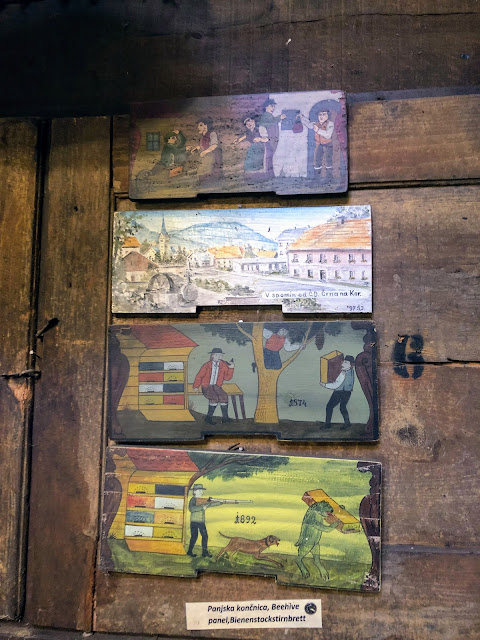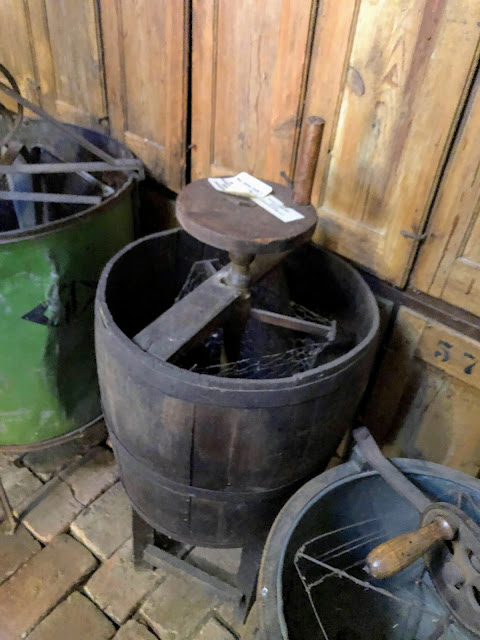We are definitely getting trunkie - definition: overwhelming desire to pack up my trunk and go home. At this time, we have just over 2 weeks to go.
November 1 - The day after Halloween is Day of the Dead, in this part of the World. It is much like our Memorial Day in the USA. People visit the graveyards where their ancestors are buried. The main difference is that people here are very serious about maintaining the gravesites. And of course, they go overboard on putting candles on them.
These photos are of the big cemetery in Maribor. It is a huge cemetery
In addition to putting out candles (some electric, some oil burning, some actual candles) families spend an hour or two maintaining the graves. They bring soap, water, and rags or brushes to wash down the stones and make them sparkly clean. They clean up the site. They bring fresh flowers. It is amazing how much time and effort they put into it. Of course, people are buried in crypts, so each headstone may have 5-10 names listed on it.
==================================================================
Besides this, we have been hearing more and more about the Pacific Islanders who are stranded in Croatia, because the Islands are closed to travel, even by its own citizens. If you are planning a trip to Tahiti, that's bad news. So our islanders have completed their initial missions, but can't go home.
This group is from Tonga, but the biggest group is from the Republic of Kiribati, whose biggest island is Tarawa. They are singing songs from their home. The Sisters are wearing T-shirts from Barbados, because that was where they served their mission. The islands won't let them return while COVID is raging. They went from there to The Dominican Republic in hopes they could get home from there. Finally, they came to Zagreb because we have been the most successful at getting people in and out of Europe during the pandemic.We took the sisters out towards Murska Sobota last Tuesday (Nov. 23) to visit a beekeeping museum. Of course I was interested in that.
This is the start of the museum. It is run by a youngish couple. The husband saw this octagon bee house abandoned on a property on his way to work. He asked if they would give it to him, and after some persistence they did. He moved it here and stabilized it. The actual bee homes are the smaller German style instead of the Slovene style, so it is just for show.The grounds have several buildings set in a garden with trees and flowers. Very nice.
One of several bee sheds on stilts, just outside the grounds. I like this one because they painted the hives to look like honeycomb with bees on it. There is another one built on a small trailer, b ut it is pretty run down, so I didn't bother to photograph it.This is inside the octagonal building, showing the old-fashioned hives. These are smaller than the is now standard, and the frames of honeycomb fit in it so they are across the entrance - making it so to get the one farthest in, you have to remove all the rest of them. Slovenes now put them in front to back, so each one can be removed. They also have some even older straw bee "keps". They weave the straw to make a shell, then cover it with cow manure. The bees happily move in and make honey. To remove the honey, you have to destroy the kep and hope the bees will move into the new kep nearby.
Some traditional bee boards. The one of a town along the river is particularly impressive.
There were a lot of old extractors, as well as other tools and machines.
This is inside the main museum building where the lady is showing the sister missionaries and Liz a set of frames with photos of the frames of a hive. These are common in the US, too, and are used for teaching people about hives without exposing them to wild bees. It's hard to see, but just beyond Liz is a glass wall enclosing an are where live bees are kept. You can just see the tops of a couple of hives built into the wall. On the right are books for sale as well as tools and other touristy stuff.
This wooden portrayal of a bee was hanging on the wall of the gift shop. It is nicely done, although not quite anatomically correct.












No comments:
Post a Comment